Structural & Acoustics Blog Posts
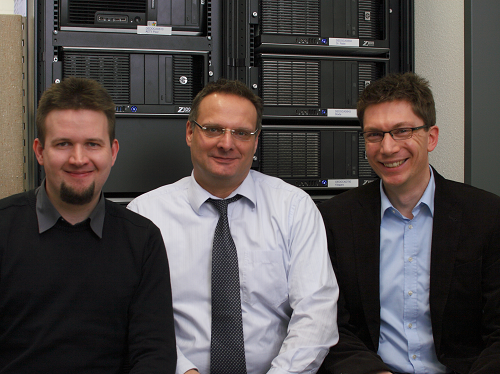
The Advantages of Mechatronic Simulation at KOSTAL
For 60 years, the technology manufacturer KOSTAL Group has been implementing various electrical systems in cars, making your driving experience more enjoyable. For instance, the Automotive Electrical Systems division of KOSTAL placed indicator switches near the steering wheel and created integrated-function push buttons. Over the years, their patents and designs have become more complex and revolutionary. Currently, they are working on optimizing the design of their roof modules for premium cars using mechatronic simulation.
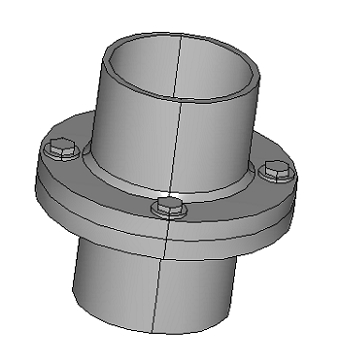
Simulating Tensile Stress in a Tube Connection with Prestressed Bolts
When analyzing a bolted joint, one thing to consider for an accurate analysis is the bolt pretension. With COMSOL Multiphysics, the effects of prestressing a bolt can be easily computed using the Bolt Pre-tension feature available in the Structural Mechanics Module. After modeling prestressed bolts, a further analysis can then be conducted on an external load applied to the structure. Here, we will explore how to include prestressed bolts in a tube connection model, and then carry out a stress […]

Intro to Piezoelectric BAW Resonator Modeling
If you are using a cell phone, GPS, Bluetooth, or WiFi, chances are that they all have BAW resonators working inside them. All wireless electronic equipment use RF filters to help narrow down the frequency range they should operate within. With thousands of devices working within closely-packed radio frequencies, it is becoming increasingly important to design filters that would be able to reduce interference from unwanted frequencies, boost the signal-to-noise ratio, and lower insertion loss. Doing so may lead to […]
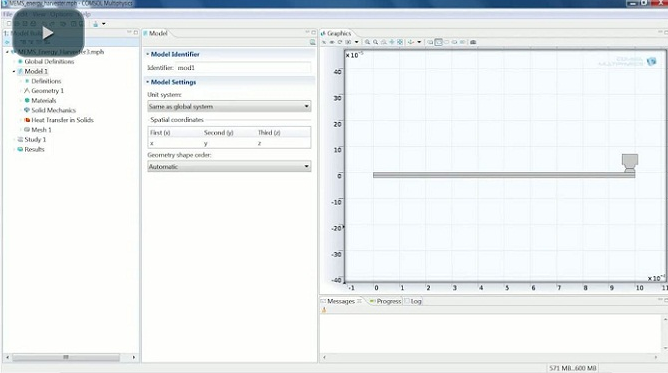
MEMS Energy Harvester for Reusing Waste Heat
Today we welcome another guest post from Kyle Koppenhoefer of AltaSim Technologies, a COMSOL Certified Consultant. In this entry he will discuss modeling MEMS energy harvesting devices. During our recent webinar with COMSOL on thermal-structure interaction modeling, we at AltaSim Technologies demonstrated modeling of a MEMS energy harvester that scavenges waste heat. Examples of sources for waste heat range from microprocessor chips, to internal combustion engines, to chemical processing plants. If the waste heat generated from these cases could be […]

Thermoacoustics Simulation for More Robust Microphone Analysis
When performing an analysis on small-scale audio equipment, such as hearing aids, cell phones, and microphones, the obvious physical phenomenon that’s analyzed is pressure acoustics. However, there are other physics interactions that significantly affect these small devices, including electromechanical interactions and viscothermal losses. Most notably, thermoacoustics (the detailed modeling of acoustics including thermal conduction and viscous losses) is an often overlooked effect that can alter the results of a model. These effects are important in all devices with small length […]
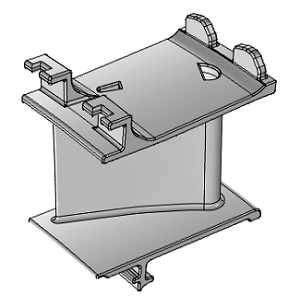
Simulating Thermal Stress in a Turbine Stator Blade
We can leverage simulation software to understand and optimize component design. Every simulation relies on a model that is a representation of the reality that the application finds itself in. Modeling enables us to represent this reality with enough detail to receive relevant information about the particular application or component. Let’s have a look at a thermal stress analysis of the turbine stator blade model from our Model Gallery and investigate the effects of heat transfer and thermal stress that […]

Starting Small with Sonar Dome Design
Starting the design process by testing on a small scale is often the best way to tackle issues affecting large objects, like a ship. Detailed in COMSOL News 2013, researchers at INSEAN, The Italian Ship Model Basin, used small-scale testing and then simulation to analyze the effect of placing a sonar system within the bulbous bow at the hull of a ship. Using a small-scale model of a bulbous bow, the researchers at INSEAN performed fluid-structure interaction experiments, and subsequently […]
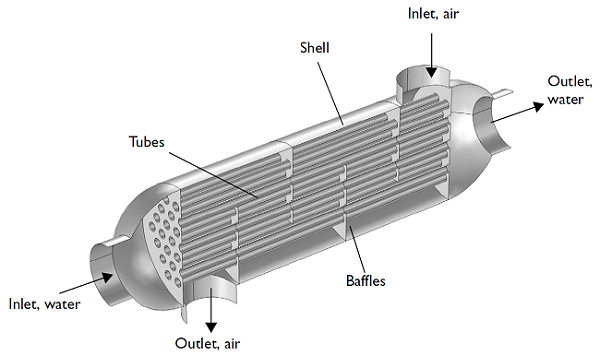
How to Model a Shell and Tube Heat Exchanger
Shell and tube heat exchangers are one of the most widely used type of heat exchanger in the processing industries (65% of the market according to H. S. Lee’s book, Thermal Design) and are commonly found in oil refineries, nuclear power plants, and other large-scale chemical processes. Additionally, they can be found in many engines and are used to cool hydraulic fluid and oil. There are a variety of different configurations for these heat exchangers, but their basic concept can […]
